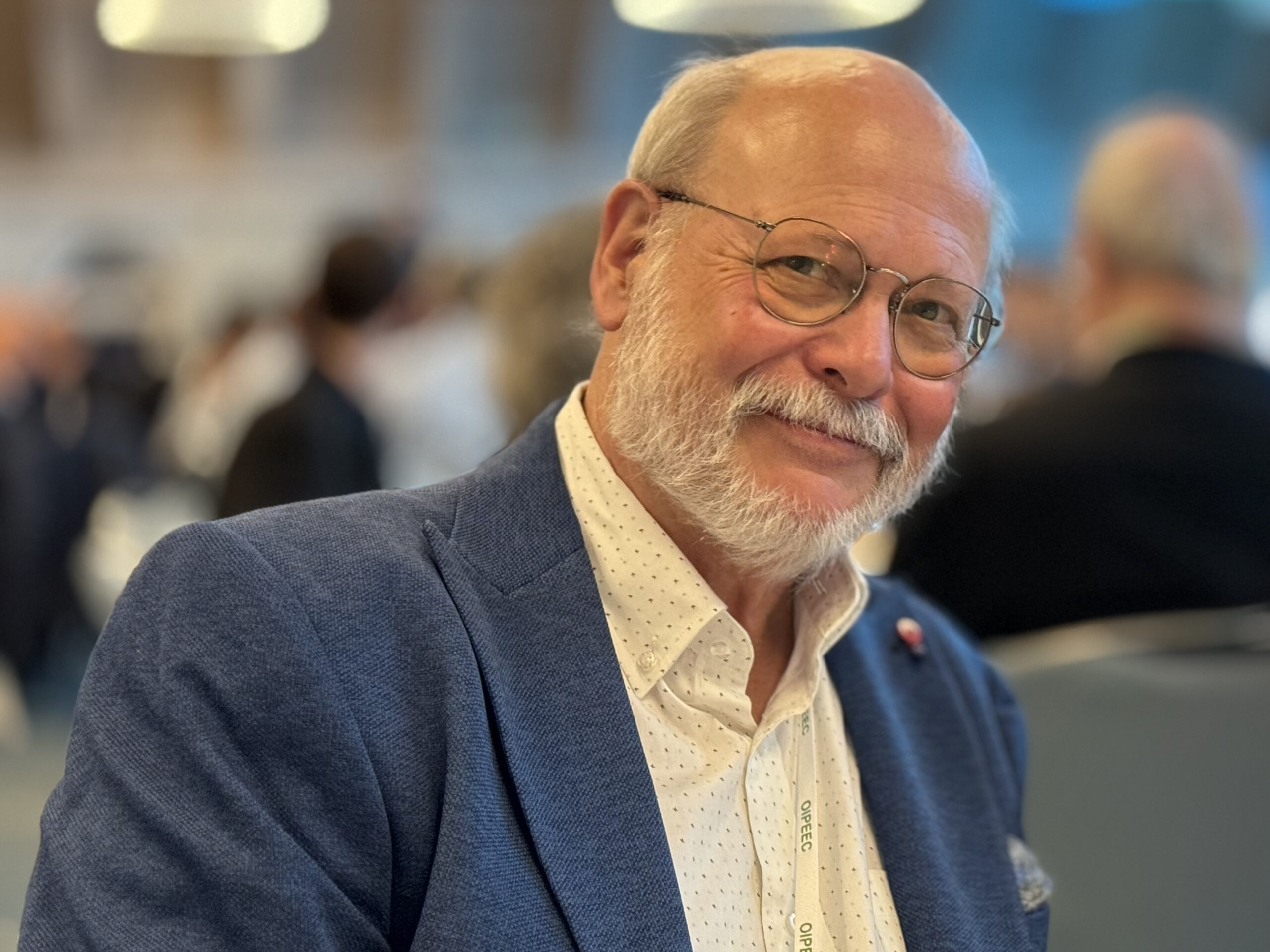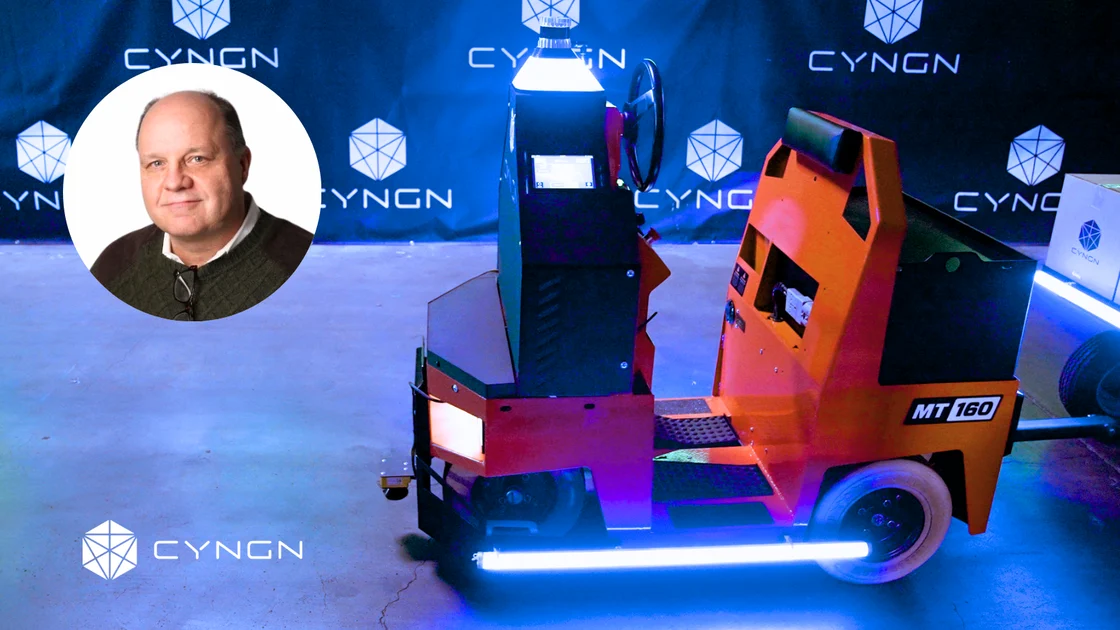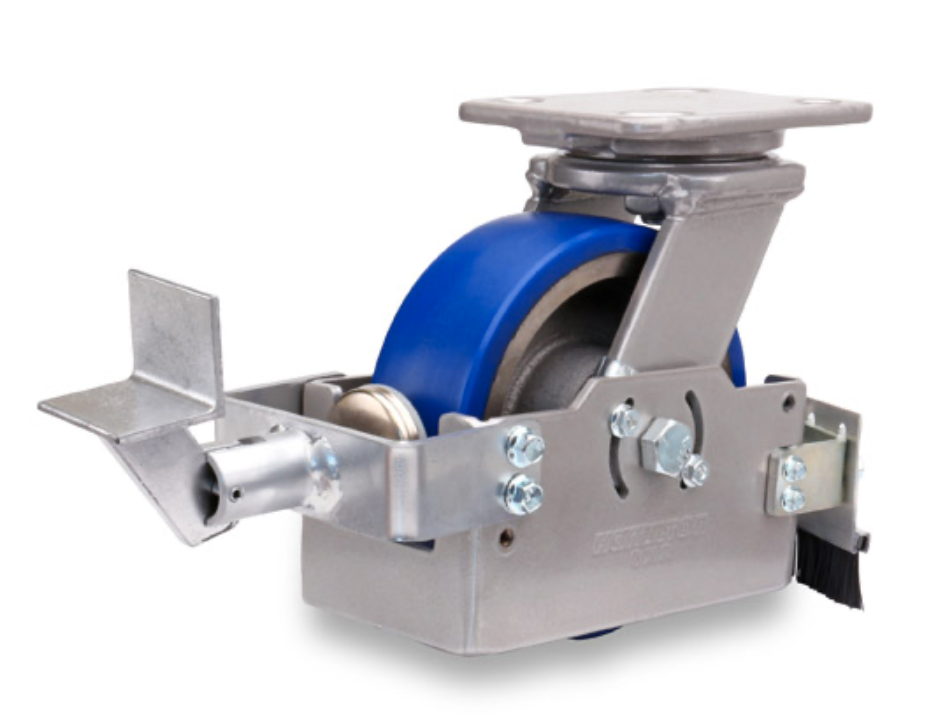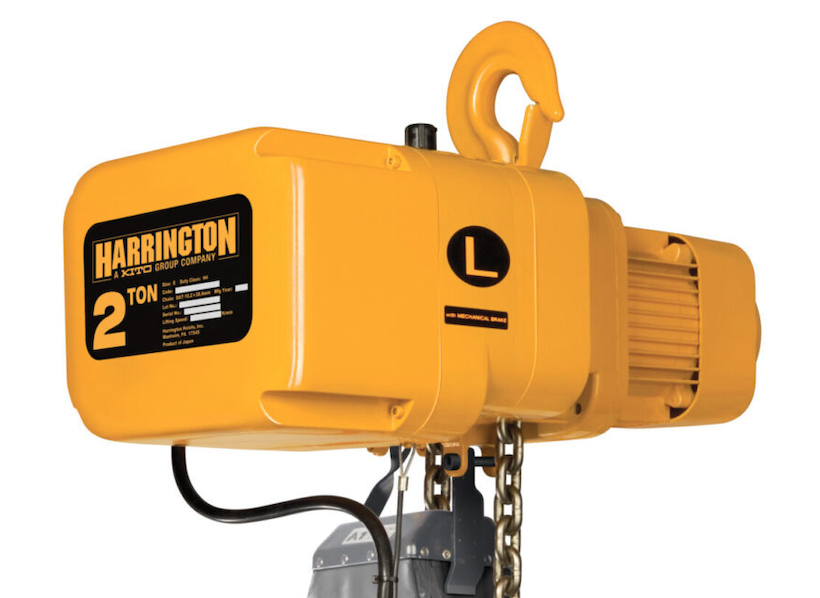Students Develop New Smart Crane Innovations
In spring 2016 Konecranes and Aalto University agreed on education and research cooperation in industrial internet. Today the CEO of Konecranes, Panu Routila, has inaugurated the donated smart crane at the Aalto University Industrial Internet Campus.
The crane’s smart functions relate to safe operation and condition monitoring. Its control system is connected to Konecranes platform enabling students and researchers to access the crane’s functions.
“Students are designing a system for the crane that can identify its user. The identification system can be used for defining access rights and guidance on optimal usage of the crane. Konecranes will be actively involved and mentoring the students”, says Jari Juhanko, COO of Aalto University Industrial Internet Campus.
Konecranes has invested in digitalization. The company has brought to market technologies and related services that are new to the industry.

The crane’s smart functions relate to safe operation and condition monitoring.
“Aalto’s Industrial Internet Campus offers a conceptually authentic environment and a short way from networked research to commercial products. Digitalization will change the technologies used by industry as well as business models. Together with industry and top researchers from different fields we will realize these changes,” says Juha Pankakoski, Executive Vice President, Technologies, Konecranes.
In the crane design Siemens PLM software is used. There new solutions can be simulated with the crane’s digital twin i.e. the virtual copy of the crane and its automation system. “The digital twin develops according to data produced by the physical crane making it an exact replica. The twin can be used for simulations and in product development, which then is based on real data and not on assumptions”, says Janne Öhman, CEO of Siemens Osakeyhtiö.
The crane is also connected to an open innovation platform delivered to the campus by Siemens. ”In our open IoT platform different actors can develop new solutions and business models based on data and at best form productive ecosystems”, continues Öhman. First the platform will be used by students and researchers and later opened to third parties.








